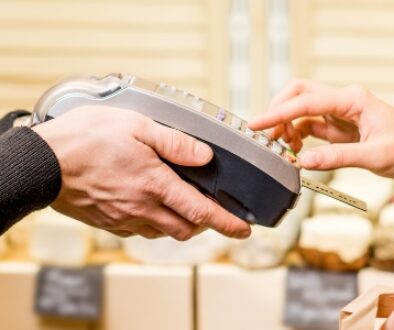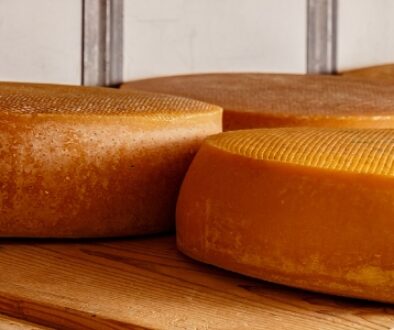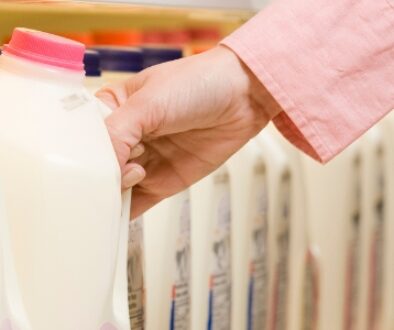How Will COVID-19 Impact Global Dairy Demand & Prices?
Pandemics are Scary
Our thoughts (helped tremendously by the media) quickly go to worst-case scenarios. The new virus is always “something we’ve never seen before,” and the threat of spreading it globally is always pumped higher as pundits note that the world is now more interconnected than it was during the last pandemic. Someday a pandemic is probably going to wipe out half the world’s population, but when that happens, we’ll all have a lot more problems than which direction of where the dairy demand is headed. The recent evidence suggests that the world will get a grip on this coronavirus outbreak; a vaccine will be developed, and the economic impact (on a global scale) will be relatively small.
Dairy Demand
Forecasting dairy demand breaks down into two broad categories, population, and per-capita consumption. The direct death loss from this virus will likely be very small as a percentage of the global population, so nearly all the impact will be per-capita consumption. Should we expect consumers to eat less dairy because of the virus?
We know from previous pandemics that travel will decline sharply in affected areas. Overall consumption in those areas will be down, but the people who aren’t traveling will still need to eat wherever they are.
Maybe people will be afraid to go to restaurants and be around other people, which will decrease foodservice sales. But people will then have to cook at home (and go to the market to buy ingredients, where there are also lots of people). I would guess that meals cooked at home probably have less dairy in them than do restaurant meals, so maybe there is some mild negative impact on dairy demand.
On the other hand, consumers going to the market may stock up on goods to limit the number of trips. There could be higher spoilage rates because of the infrequent trips, so maybe total retail dairy sales would increase enough to offset lower foodservice sales.
Sick people eat less than healthy people. But even if we end up with a big outbreak like swine flu, 25 million sick people is only 0.3% of the global population. And if they ate nothing for one week, that would reduce annual global consumption by only 0.006%.
So there are some pathways I can see to slightly lower per-capita consumption of dairy due to the virus, but the impact looks pretty small.
Another way to look at it would be to estimate the impact it will have on GDP and then translate that into an impact on dairy demand and prices. There have been a number of studies that look at the financial impact of pandemics. Estimates from the SARS outbreak show a decent hit to China and Hong Kong’s GDP, but global GDP was likely reduced by 0.3% or less.
The current coronavirus outbreak looks like it is on pace to be worse than SARS. The Brookings Institute did some modeling around different scenarios for pandemic influenza outbreaks. Its “mild” scenario is 1.4 million deaths.
Right now, it seems unlikely we’ll hit 1.4 million deaths from this new virus, but if we did, the hit to global GDP would be about -0.8%. So we’re probably talking about an impact of somewhere between -0.3% and -0.8% of global GDP.
Our calculated global income elasticity of demand for dairy products is 1.20, which means the lower GDP growth would knock somewhere between 0.36% and 0.96% off global dairy demand. That would reduce prices by 1.8% to 9.6% from what they otherwise would have been.
The 9.6% drop for prices is based on 1.4 million people dying from this outbreak, so I think we have to consider that the extreme upper end of the scenario. My guess is that the impact is closer to a 3%-4% hit to global dairy prices on an annual basis. Impacts inside of China will be bigger, and short-term we could see prices drop more than 3-4%.
But history has taught us that our fear tends to take over while we’re in an outbreak, and we tend to overestimate the impact. For reference, a 3% change in New Zealand milk production is a 5-10% change in global dairy prices. So some mildly adverse weather in one of the major dairy exporting countries could quickly negate any negative price impacts of this outbreak. It’s also possible that China and/or other governments might take steps to boost their economies and offset some of the negative impacts on GDP.
Source: Dairy Foods




